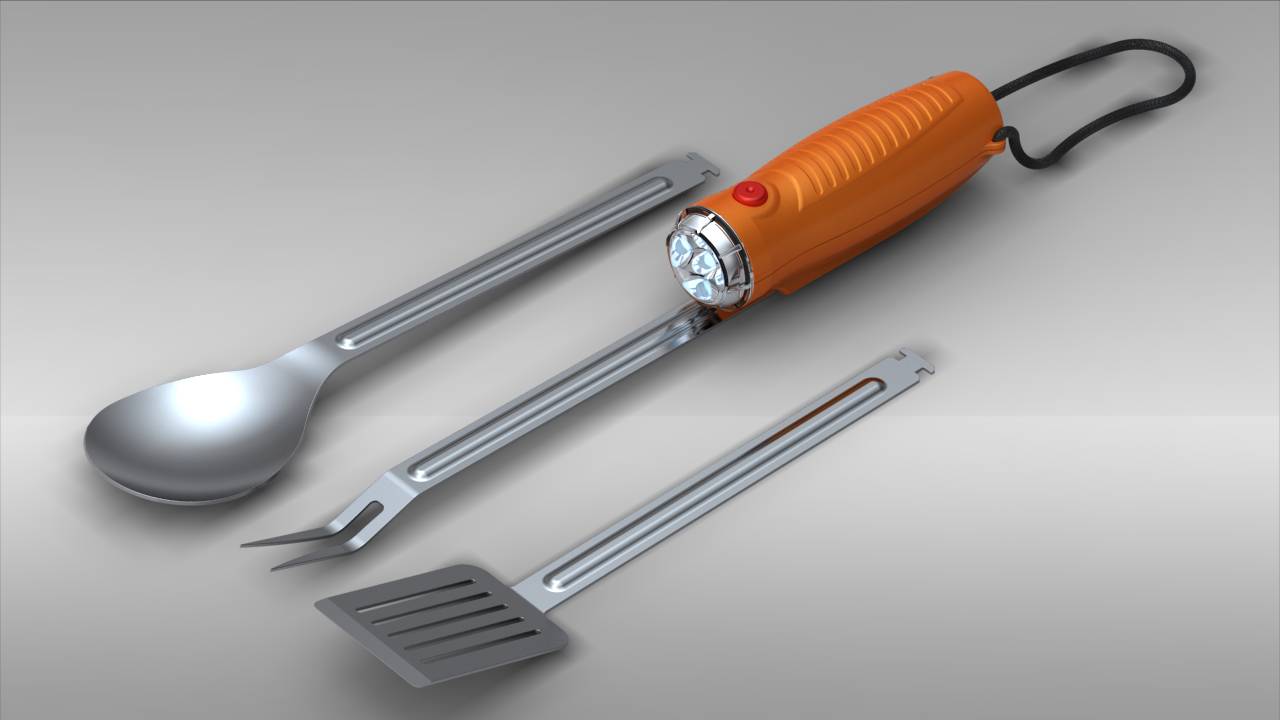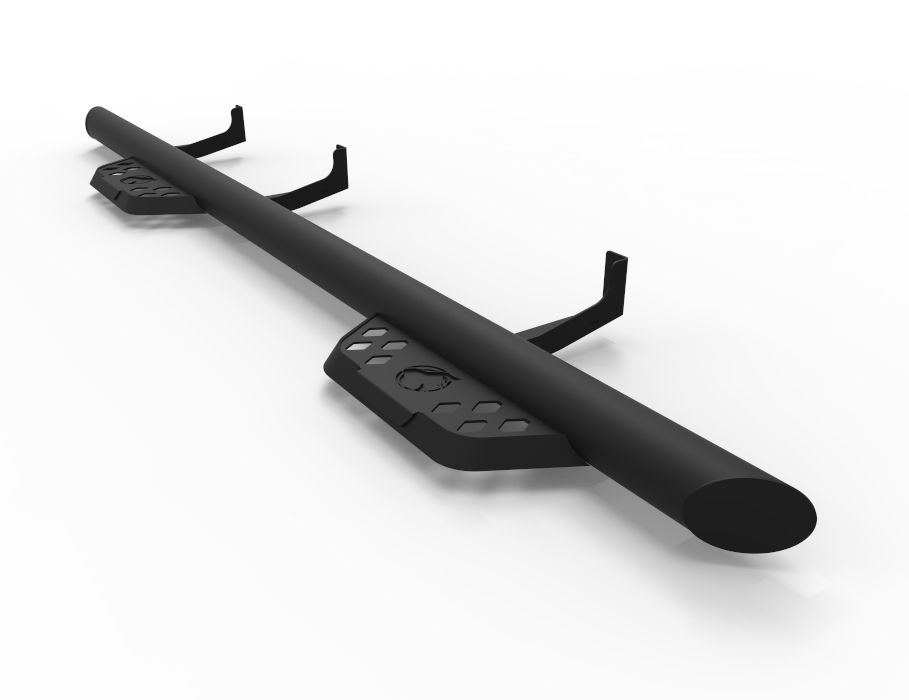Unlocking Efficiency: How Design for Manufacturability Enhances Sustainable Product Design
Design for manufacturability is crucial in today’s competitive market, where efficiency and sustainability are more important than ever. This approach provides manufacturers with a significant advantage by enhancing production processes and minimizing material waste. Eco-friendly methods lead to sustainable designs that adhere to environmental standards and optimize resource utilization. Collaboration between developers and designers is key, resulting in innovative solutions that align with both economic and ecological objectives. This article explores how implementing design for manufacturability can transform your operations and pave the way for a sustainable future for your products. Learn more about sustainable product design here.
Design for Manufacturability (DFM) focuses on simplifying product designs to ensure ease of production while reducing costs. By refining each design stage, manufacturers can avoid costly errors, thereby reducing production time and enabling companies to meet market demand more quickly. This approach is essential for maintaining competitiveness in today’s challenging market.

Key Principles of Design for Manufacturability
At the core of Design for Manufacturability (DFM) are fundamental principles aimed at optimizing production processes. The primary principle is simplicity in design, which avoids complex plans that increase costs and cause issues. Simplicity reduces errors, shortens production time, and ensures that quality products are delivered efficiently.
Equally vital is standardization, enhancing efficiency by minimizing variations and utilizing common parts across product lines. This strategy lowers inventory costs, eases maintenance, and accelerates assembly, enhancing the ability to scale and respond to market demands.
Another essential principle is Design for Assembly (DFA), which focuses on reducing the number of parts in a product. This streamlining speeds up assembly, decreases labor costs, and boosts efficiency, reliability, and operational fluidity.
Design for Cost (DFC) emphasizes lowering material and manufacturing expenses while maintaining high quality. This ensures economic viability, offering competitive choices in a market where both affordability and quality are crucial.
Prototyping and iterative testing are critical for identifying potential manufacturing issues early. Thorough testing allows for necessary adjustments before mass production, minimizing risks, reducing waste, and ensuring high product quality.
For further insights into industrial design strategies and the application of DFM principles, explore the industrial design portfolio. This resource illustrates the powerful impact of these principles in real-world manufacturing scenarios and offers a comprehensive view of the strategic use of design innovations.
Incorporating Design for Manufacturability (DFM) into sustainable design is not merely a choice; it is essential. First, it ensures that products are both cost-effective and eco-friendly. Additionally, eco-efficient design reduces energy consumption and material waste, aligning with the sustainability goals that companies strive to achieve.
DFM also strongly advocates for the use of recyclable and biodegradable materials, significantly lowering environmental impact. By focusing on a product’s end-of-life, recycling and disposal are made simpler, contributing to building a robust circular economy.
DFM considers a product’s entire lifecycle, from raw material acquisition to disposal. This comprehensive approach fosters innovation that supports both business and environmental objectives, propelling sustainable development forward. For more information on sustainable manufacturing, consult this comprehensive guide.

Enhancing Sustainability in Design
Advancing sustainability goes beyond merely reducing environmental impact; it involves using resources more efficiently throughout the entire production process. By integrating sustainable practices into daily operations, companies can better meet the growing demand for eco-friendly products. These products align with today’s ethical values. Strategies such as faster production times, judicious material selection, and energy-efficient techniques play crucial roles. By adopting these methods, companies can optimize operations while conserving resources, making it easier to fulfill customer expectations for sustainable products.

Cutting Material Waste
Reducing material waste is not only beneficial but also a crucial aspect of sustainable design practices that businesses must prioritize for long-term success. Using resources wisely is essential for cutting waste, lowering costs, and conserving valuable natural resources. Cultivating this habit is vital for maintaining environmental health and significantly reducing landfill waste, which harms our planet.
-
Material optimization is a critical component of this strategy, involving the thoughtful selection of materials that not only perform well but also have minimal environmental impact. This approach encourages businesses to use readily available materials that require minimal processing, thus reducing waste and promoting overall sustainability.
-
Utilizing lean manufacturing techniques complements material optimization. By meticulously refining operations and eliminating unnecessary waste, manufacturers can achieve higher output with fewer resources. This approach not only strengthens business operations but also demonstrates a commitment to sustainable growth.
There are numerous examples of how forward-thinking companies successfully reduce waste by employing responsible and sustainable methods. A recent study in the Journal of Cleaner Production highlights effective strategies for waste reduction. This research demonstrates how smart and conscientious design processes are leading to substantial improvements in sustainability. These innovations not only conserve resources but also enhance a company’s reputation as a leader in environmental responsibility. By adopting these effective strategies, businesses can reach a broader audience of consumers who value environmental sustainability.
Eco-friendly manufacturing focuses on creating sustainable products. Green manufacturing targets reducing environmental impacts by minimizing emissions and conserving energy.
-
Use of renewable energy sources: Solar, wind, and other renewable energies can power facilities, significantly cutting reliance on harmful fossil fuels.
-
Embrace energy-efficient technologies: Upgrading to modern, energy-saving machinery reduces energy consumption and, consequently, saves money.
-
Implement closed-loop systems: Recycling waste materials back into production minimizes waste, supporting sustainability.
Case studies show that companies benefit from eco-friendly practices, experiencing improved efficiency and enhanced brand reputation. They also enjoy cost savings and establish themselves as leaders in sustainability.
For additional insights into sustainable design, visit this resource to learn more about design for manufacture.
